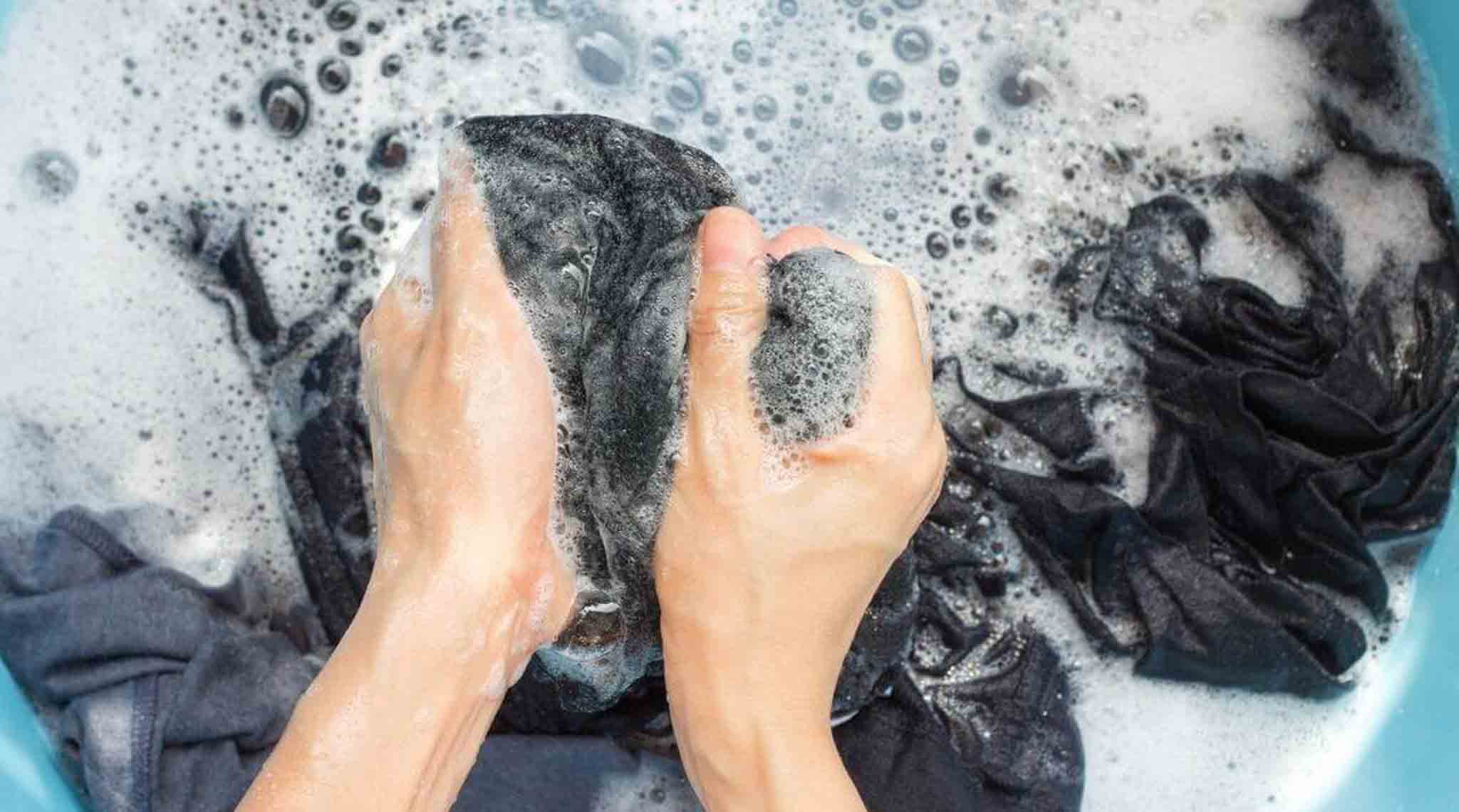Tips for Fresh & Lasting Garments

Buying clothes is one thing- maintaining them is another story. Laundry can be frustrating for a lot of us. It can be time-consuming, unceasing, and so much can go wrong if it is not done properly.
But will you want to run to the store shopping for new clothes or learn how to wash your cloth effectively? The latter is preferable since it saves money!
This guide aims to tell you everything you need to know about properly cleaning your cloth. Follow the instructions if you want to make laundry look effortless.
Fabric Care
Since there are general guidelines for the most common fabrics, always check the care tag before laundering. It contains instructions on how the fabric should be washed and how it should be dried.
Cotton
Cotton should be washed with cold water because of its susceptibility to shrinkage. Preshrunk cotton items should be washed with lukewarm water.
Overdyed cotton will further shrink it. Cotton garments should be dried at a lower heat or left to air dry while damp.
Linen
Check the label on the linen garment if it should be dry cleaned. If it doesn’t say so, then you can wash in your machine with warm water on a gentle cycle, but keep it separate from other fabrics.
The linen should be ironed from the inside out in a hot heat setting. Another savvy option is to line dry it.
Polyester
Use warm or cold water for washing polyester.
Polyester garments can dry quickly, and too much heat can cause them to shrink or even change shape. Also, avoid ironing at a higher heat setting, as it may melt underneath the iron.
Wool
As wool can shrink easily, make sure to check the care label to know whether it is washable or not. If washable, machine-wash it. Otherwise, handwash with a gentle detergent
To let it dry, lay it flat.
Silk
Experts agree the best way to wash silk is to handwash it with cold water using a gentle detergent.
After washing, roll the silk garment in a towel to absorb excess water and then hang to dry.
Spandex
Avoid washing spandex with chlorine bleach or fabric conditioners. They will damage the spandex fibers. Hand wash or machine wash at a gentle setting by turning the garment inside out and placing it inside a mesh bag.
Heat can weaken and break down the spandex fiber, so keep it away from machine drying and let it air dry.
Washing Machine and Dryer
Knowing a few general rules about Machines and Dryers can help you put them to good use
Machine Setting
Cycle length: Go for shorter cycles if clothes are less soiled and delicate and longer cycles for heavily soiled and bulked items. Opt for the shortest possible cycle for long-lasting.
Cycle speed: It is usually expressed in terms like “Permanent press,” “Regular,” or “slow/slow.” For fabrics that are prone to wrinkling, use a Permanent press. This is a fast/slow cycle, meaning that the wash cycle is fast and the spin cycle is slow. This works for most of the laundry. For fine or delicate items, use a delicate or slow/slow cycle
Water temperature: Most laundry can now be washed with cold water. It offers two key benefits: it saves money because less energy is conserved. It is also less taxing on textile, thereby increasing the lifespan of most cloth items. Hot water should only be used for white and heavily soiled items, like a diaper.
Dryer Setting
Understanding the labels on a dryer can help you make better dryer choices
Regular: The Highest heat setting, only recommended for heavy items like jeans and towels
Permanent press: The Medium heat setting, which will work for most of your clothes and sheets
Delicate: The Low heat setting, used for elastic items like Spandex, as well as delicate pieces of cotton and shrink-pone materials. It is also great for garments, like yoga pants or sweatshirts, that tend to retain smell even after washing.
Tumble dry: The No heat setting, used for fine textiles or items that are prone to shrinking.
Air and line drying: Excellent choice for making clothes last longer, keeping gym clothes odor-free, and reducing energy usage and costs.
Hand Washing
Some clothing items are not suitable for throwing into the washing machine. For washing delicate clothing items or those with “hand wash” tags, follow these steps
Step 1: Fill a sink (tub or bucket) with waterwith cool to lukewarm water. Then add about a teaspoon of handwashing detergent or dishwashing liquid.
Step 2: Place the garment into the detergent solution and mimic a washing machine. Use gentle movements to swish the garment through the sudsy water until It is clean.
Step 3: Once the garment is submerged in the soapy water, allow it to soak.
Step 4: Drain the detergent solution and then refill the sink or tub with clean water. Make sure the soap is removed from the garment by rinsing with water until the item no longer releases detergent.
Step 5: Press out the water from the garment and roll it up in a towel. Then hang or lay it flat to air dry.
If you want to prolong the life of your favorite clothes and save the trip to the clothing store, Homeplus is here to help.
Our professional cleaning services in Boston get the job done quicker and more efficiently so that your clothes will come out looking new.
So, what are you waiting for? Book us now with a single Press here.
